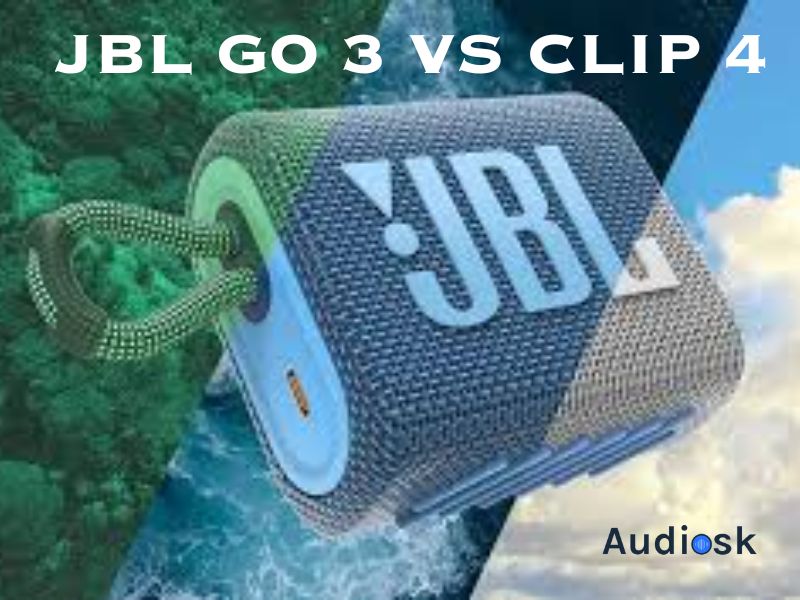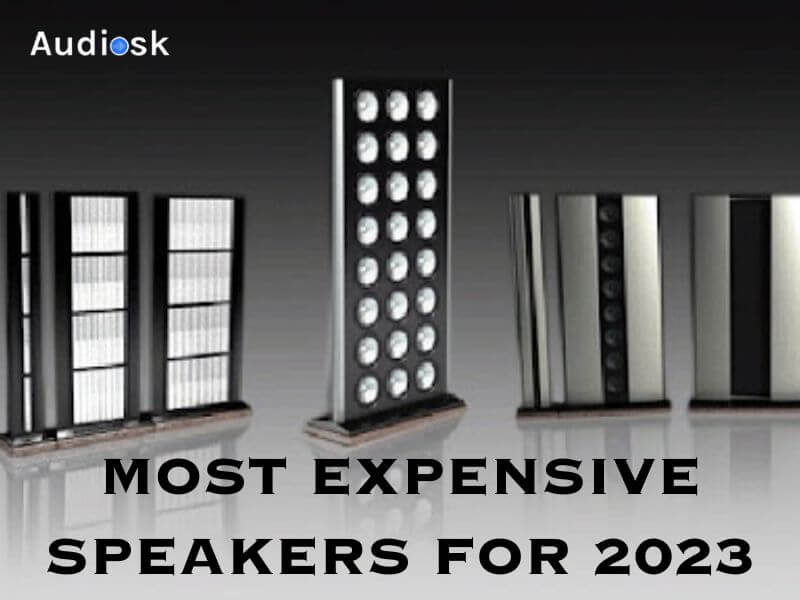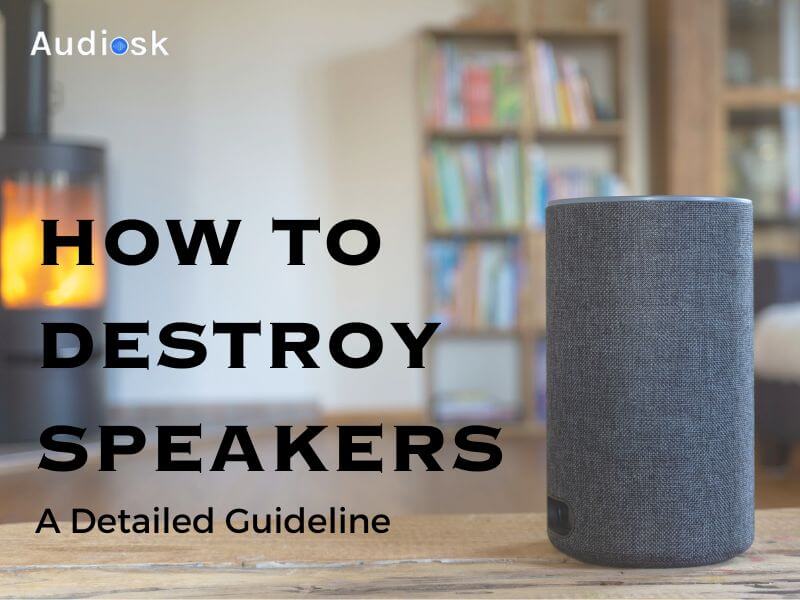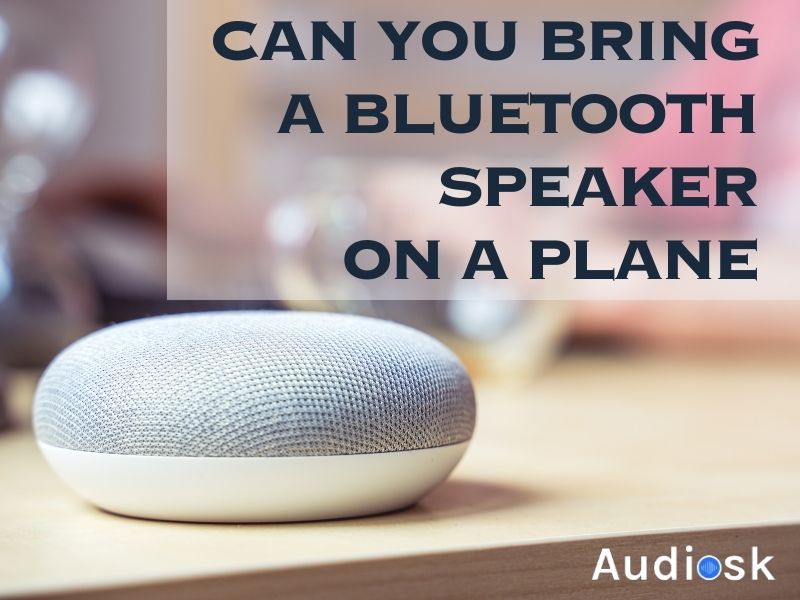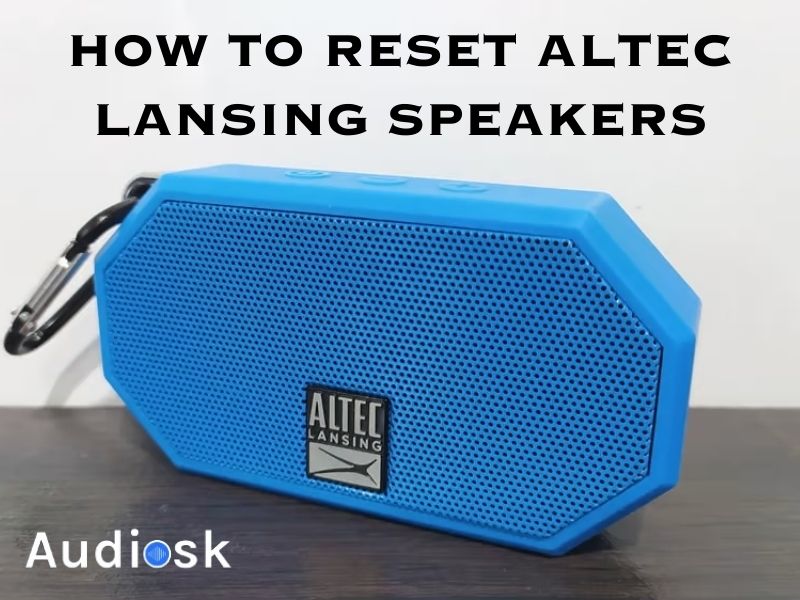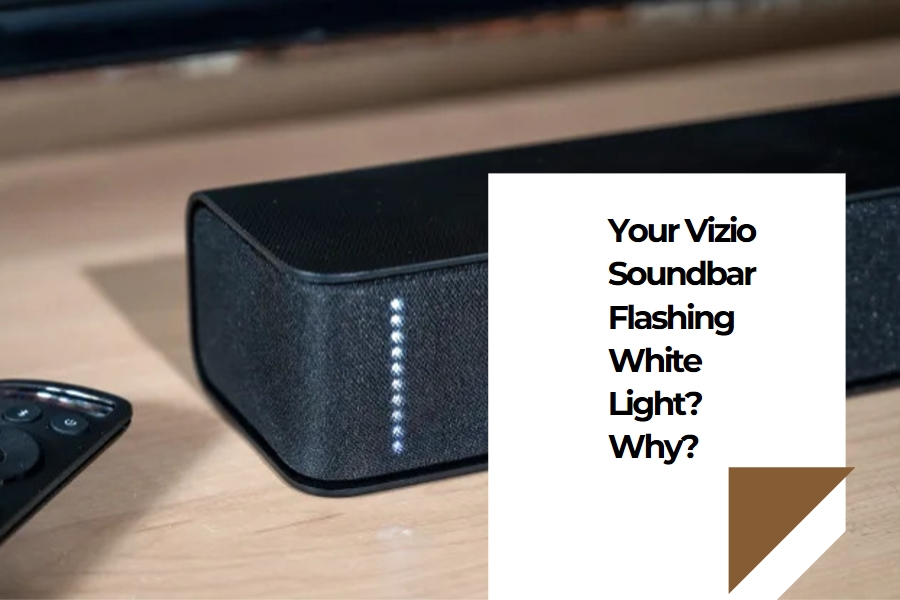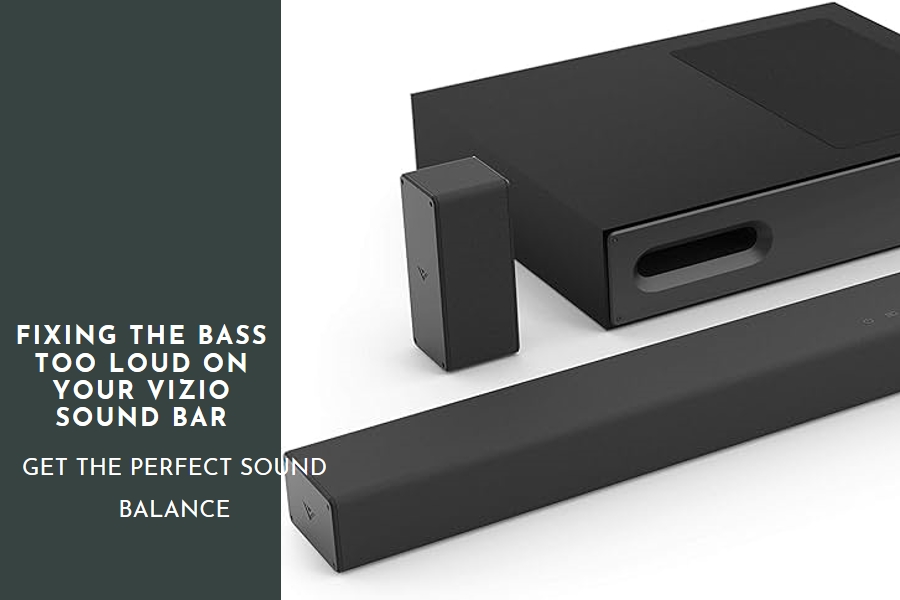As experts in sound, we understand that modern home entertainment systems require different types of audio solutions. It is common to require connecting a JBL speaker to a television without Bluetooth capability in this area.
There are a variety of wired connection methods. Understanding them separates advanced audio equipment from outmoded TV setups.
At audiosk, in our introduction we will look at the underlying concepts of an audio connection, concentrating on types of cable and ports commonly used in these kinds of setups. Our objective is to break down the technical side of things, so that your connection with TV sound will be smooth and effective.
Can You Connect JBL Speakers To A TV?
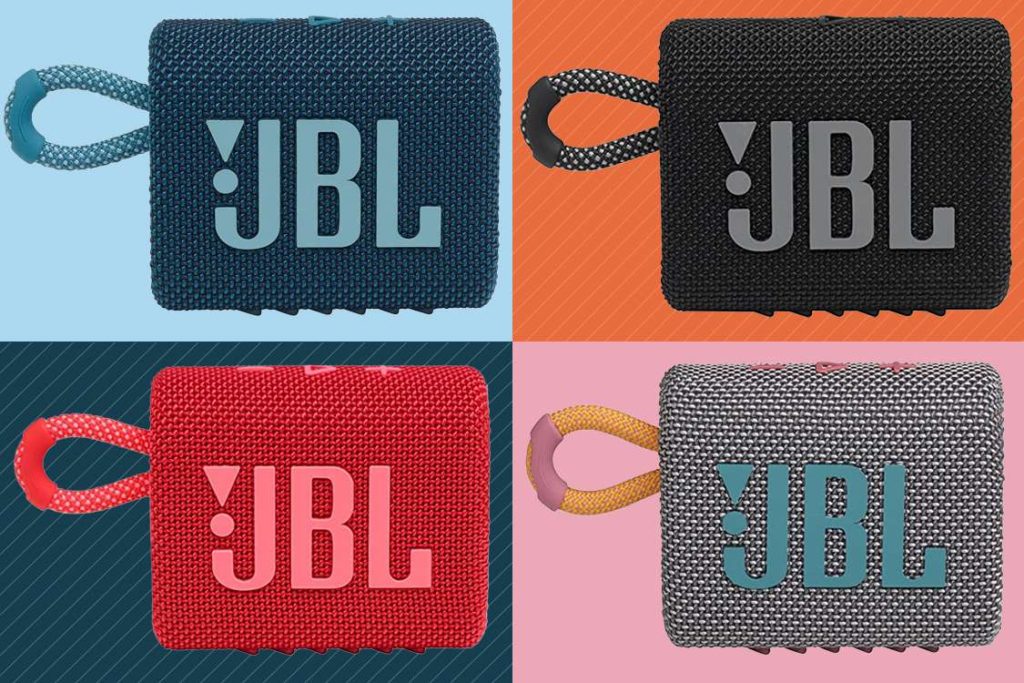
We also appreciate the significance of plugging your JBL Speakers into a television for an improved audio performance.
Whether it is from Samsung or Sony, LG or Toshiba, many smart TVs on the market today have Bluetooth capability built into them. Thus, pairing with Bluetooth-equipped devices such as JBL Speakers becomes easy.
But for TVs without Bluetooth, there are still easy workarounds. One approach is to plug the JBL Speaker directly into the TV via an AUX cable. But this method does limit the speaker’s mobility, obviously. Alternatively, a Bluetooth transmitter may be the answer.
This little box allows you to stream audio signals from a non-Bluetooth TV to your Bluetooth speakers. It’s flexible, it’s convenient.
How To Connect A JBL Speaker To TV Without Bluetooth?

JBL speakers boast excellent sound quality and have a reputation for reliability; They are very popular among audio buffs. Our company is aware that most JBL speakers are equipped with Bluetooth but some older models do not have this feature.
But this doesn’t hinder your ability to plug them into your TV. This guide will show you in steps how to connect your JBL speaker to a TV that lacks Bluetooth capabilities.
We aim to make sure that you can experience the rich audio offered by JBL speakers, no matter what devices you have. We are dedicated to providing practical information that is easy to understand and which improves listening.
Step 1: Check The Available Ports On Your Tv
So before connecting, first make sure there are audio output ports on the back of your TV. From our experience, the ports that we encounter most often are RCA, 3.5mm headphone jack and optical audio output.
This is the first step in setting up your sound system, and with my experience I cannot emphasize enough just how important it is to define these ports because what we establish by this initial check or reading determines the type of converter we can use between your TV and the speaker system.
Step 2: Purchase The Necessary Cables
Depending on the types of ports your TV has, you may have to purchase special cables to make the connection. If your TV has an RCA output, an RCA to 3.5mm cable is needed. A standard 3.5mm audio cable will work for TVs with a 3.5mm headphone jack output.
If your TV has an optical audio output, you’ll need an optical audio cable. As far as we are concerned, choosing the right cable is not only important for getting the best sound quality, but also for maintaining a smooth transmission between your TV and speaker system.
Step 3: Power Off Your Tv And JBL Speaker
We suggest first turning off your TV and JBL speaker before making any connections. Taking this preventative step is necessary to avoid any harm to your devices.
Maintaining the quality and validity of your sound system is our top concern in all areas of professional management. This simple measure greatly helps to ensure the safety and longevity of your audio equipment.
Step 4: Connect The Cables
To set up the connection, connect one end of the chosen connecting cable to the audio OUT port on your TV and connect the other end to an input port on your JBL speaker. These connections must be snug and secure.
From a professional standpoint, we’ve found that having firm connections is important to achieve the best sound quality and avoid any problems with the audio transmission. Security is always a key consideration in setting up a stable, efficient sound system.
Step 5: Power On Your TV And JBL Speaker
After the connections have been made secure, power on your TV and JBL speaker. Then, you must make sure that the speaker is set to input from the correct source corresponding to your connection type. From our experience, this is an essential step in achieving the proper sound and allowing a natural integration between your TV and the speaker system.
In this light, we attach great importance to the fact that you double-check your input settings, so your experience can be as enjoyable and free of hassles as possible.
Step 6: Adjust the audio settings on your TV
Some TV sets may require you to fine tune the audio settings, in order to send sound properly out through your external speaker. Our advice is to move on in your TV’s audio settings and choose the proper output source for sound. This adjustment is an essential step to ensuring that your TV sends its audio properly to the JBL speaker.
Step 7: Test the connection
Verify that your connection works by playing some audio or video content on your TV. Should you hear sound coming from the JBL speaker, this means a successful connection. In our line, this kind of practical test is an essential step to see if everything’s OK or not.
This is one method we usually suggest as a simple way to make sure your audio set-up is correctly configured and ready for use.
Check the sound quality
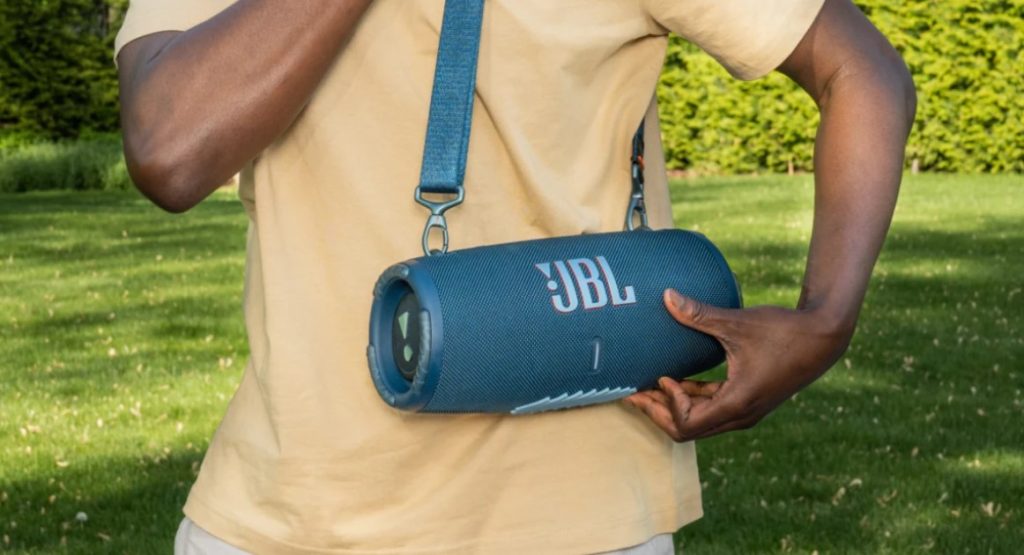
Fine-tune both your TV and JBL speaker’s audio settings to get the best possible audio experience. Setting the volume levels individually on each unit is a vital step.
We attach great importance to the adjusting of audio settings to reach peak listening enjoyment. Tuning these settings in this way will help you get the optimal sound balance and clarity that suits your individual tastes, which will raise the level of enjoyment for audio as a whole.
When your TV does not have a designated audio output port, but does have a headphone jack, you can find an adaptor that plugs into the headphone jack to do the trick. We would suggest connecting this adapter to the headphone jack on your TV. Afterwards, connect the audio cable from the adapter to your JBL speaker.
We sometimes suggest this method as a practical workaround for smoothly incorporating speakers with TVs that have few (if any) options when it comes to audio output. This is a pretty sure way to guarantee you can still get great sound from your JBL speaker, whatever ports your TV happens to have.
If your television has only an optical audio output and your JBL speaker does not have an optical input, using a digital-to-analog converter (DAC) is one answer. We suggest that you plug the optical audio cable from your TV into the DAC’s optical input.
Thereafter, plug the audio cable from your DAC into your JBL speaker.
We often suggest this approach, because it realizes a smooth transition among different audio technologies so as to achieve uninterrupted sound from your television to speaker.
Can You Connect Multiple JBL Speakers to the TV?
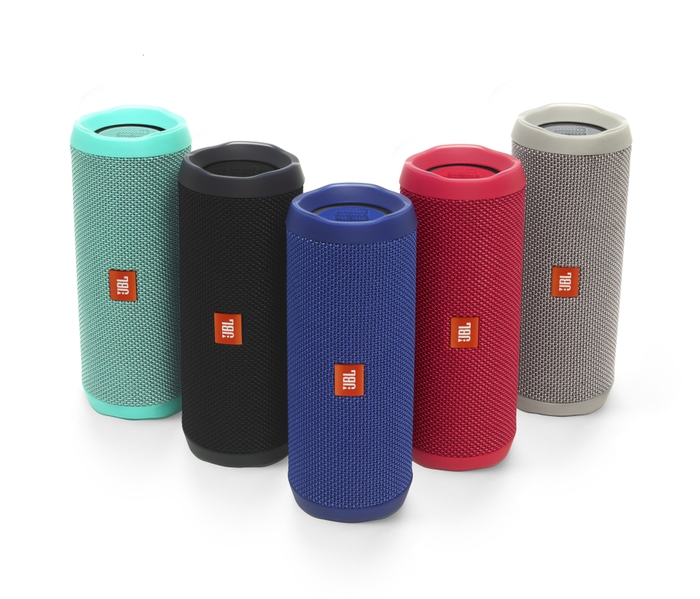
However, if your JBL speakers are provided with “JBL Connect+” or “PartyBoost” functions, then you can group several speakers to one TV. These innovative functions enable up to 100 of JBL speakers to be connected at the same time, creating an immersive sound experience.
Furthermore, several JBL speakers can be linked together with an Android TV. For this, go into your Android TV’s Bluetooth Settings and pair the speakers one by one. After connecting, select the three-dot menu and enable “dual audio.” This allows multiple connections to a single source, for example your TV.
If you use a Bluetooth adapter, you have to make sure that it does multipoint pairing or multipoint connectivity. These functions enable the adapter to simultaneously link with and pass sound to several Bluetooth devices at once.
But you should be aware that one AUX Cable only provides for one connection at a time, so it’s impossible to hook several JBL Speakers up to a TV.
Can You Move the JBL Speaker Away From the TV After Connecting?
If you connect your JBL speaker to the TV over Bluetooth, once you have done so, you can move the speaker away from the TV as long as it remains within bluetooth range. This range is generally between 10 meters and 30 feet. However, there are various elements that affect this distance: the version of Bluetooth; devices ‘class; and environmental variables. Physical obstacles such as walls and furniture, coupled with interference from other wireless devices, can limit the range.
The JBL Speaker may be moved beyond the Bluetooth range of the TV. At this point, the strength of connection will weaken and audio signals may drop off or even become completely disrupted.
Also, when hooking up the JBL speaker and TV via the aux port, the length of the cable becomes an important factor. But a longer aux cable means that the speaker can be placed farther away from the TV, and sound quality is affected by length of an aux cable.
Hence, while a long aux cable provides more freedom in locating speakers, it could affect sound quality. As sound experts, we advise a compromise between cable length and the fidelity of your sound and speaker placement.
Conclusion
As for our approach to connecting a JBL speaker to a TV without Bluetooth, we can’t help emphasizing the advantage of wired connections. If the speaker and TV are compatible, options include an Auxiliary (AUX) cable–or perhaps RCA cables or even an optical audio cable.
At audiosk, to find the right cable type, we must first check not only the input and output ports on the TV but also those for the speaker.
Once we hook it up, we may need to change the settings for the TV’s audio so that sound is sent through into the speaker. This method is less convenient than via Bluetooth, but typically makes for a more stable and higher quality audio output. It helps to improve our overall watching and listening experience.

